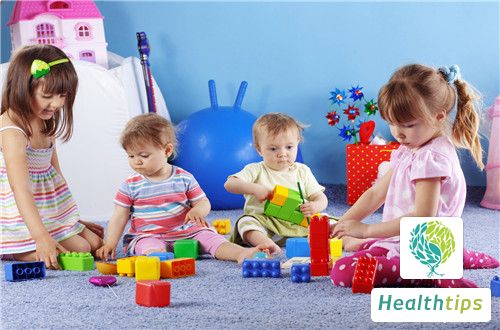What Does High Muscle Tone in Babies Mean?
The tension of muscles during exercise is called motor muscle tone, which is an important factor to ensure continuous and smooth muscle movement (without trembling, twitching, or spasms). High muscle tone is manifested as: straightened lower limbs, adducted and crossed, and scissors-like posture.

Muscle tone is the basis for maintaining various body postures and normal movement, and manifests in various forms. For example, when a person is resting in a supine position, the tension of the muscles in various parts of the body is called resting muscle tone. When the body is standing, although there is no significant muscle contraction, the muscles in the front and back of the body maintain a certain tension to maintain the standing posture and body stability, which is called postural muscle tone.
Muscle tone is an important muscular component that maintains normal movement and posture in children. Children need the support of muscle tone for various actions such as raising their heads, turning over, standing, and walking. However, high muscle tone is an undesirable condition that many parents may not take seriously. If a child has excessively high muscle tone, they may be more easily startled during infancy, cry for longer periods of time, and have very low body coordination. This can be seen in activities such as dressing and bathing, as their bodies may appear more "rigid". When changing a child's diaper or putting on pants, it may be noticed that their legs cannot be stretched normally and their muscles are quite tense. These are manifestations of high muscle tone in children. If not diagnosed and treated in time, it can affect the child's normal walking and standing, and even lead to more serious problems.



















